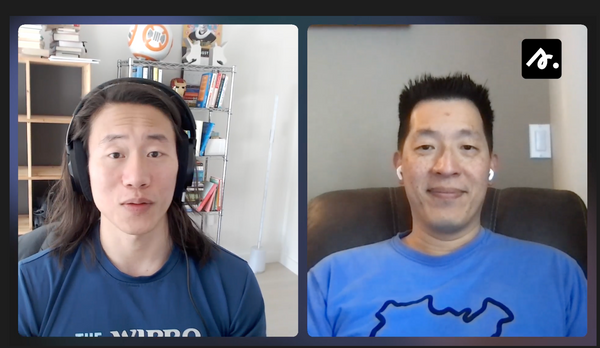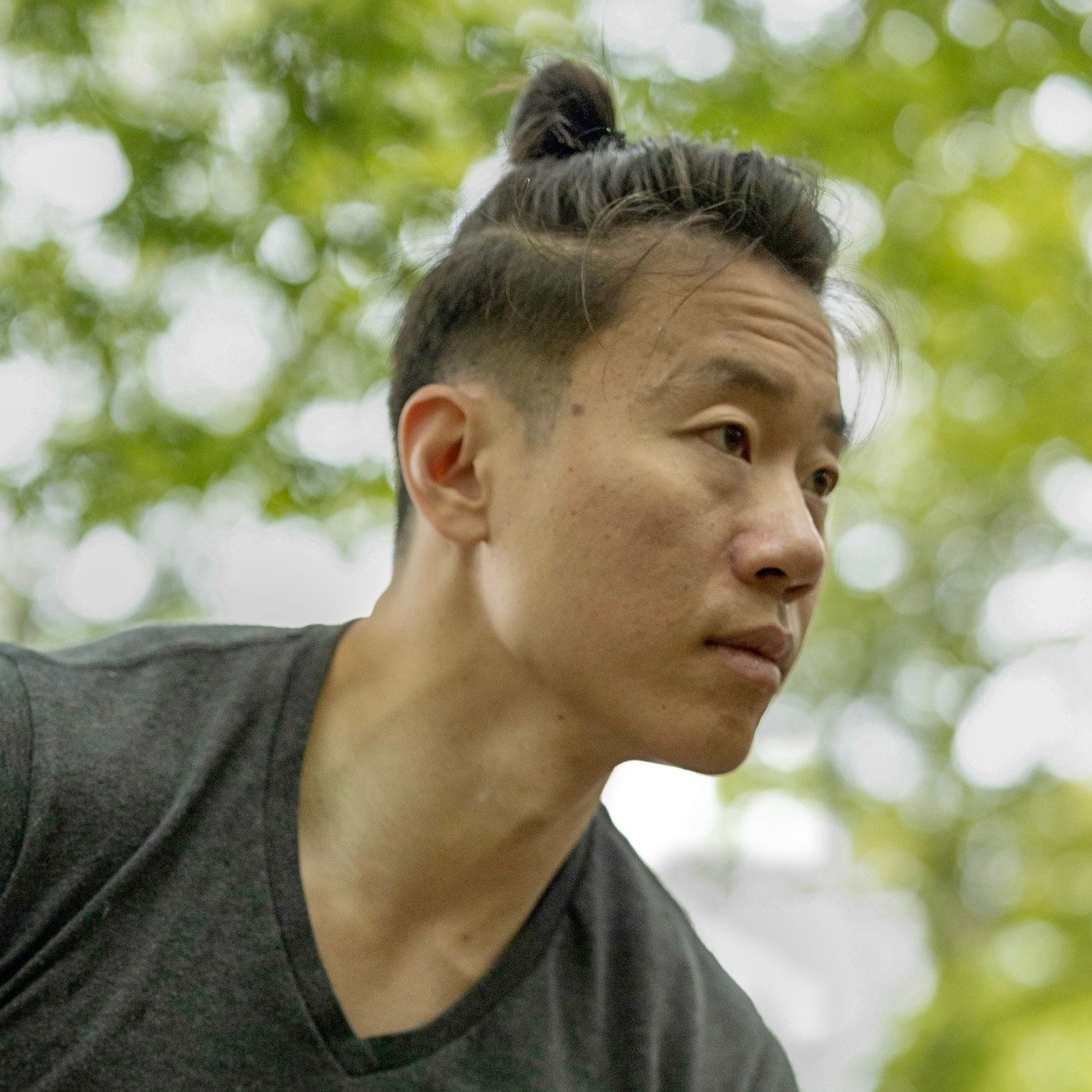🧠 After Burning Out of Tech, He Found Relief in an Unexpected Place: Working as an Amazon Warehouse Associate
Philip Su began his career by turning down a Stanford PhD program to work at Microsoft. He spent 12 years there working as a developer and a manager, then joined a pre-IPO Facebook as the director and London site lead for eight years, reporting directly to Facebook’s CTO.
He’s been an entrepreneur in residence with Seattle VC firm Madrona, taught a popular course at the University of Washington's computer science division, and was founder and CEO of a global health software nonprofit funded by the Bill and Melinda Gates Foundation.
But after a remarkable 23 year career in tech, Philip ran into trouble. The stress of serving as the nonprofit founder and the responsibility of employing dozens of people led to his burnout. He tried to take time off, and spent 8 months unemployed and spiraling into depression.
To pull himself out, he took a new job, but not the one you expect. After a lifetime of “cushy” tech jobs, Philip went to work at an Amazon warehouse as an associate in Ship Dock, standing on his feet and sorting containers for 11 hours a day during the busiest six weeks of the year, known as “Peak”. The experience was physically taxing, he was diagnosed with tendonitis after moving hundreds of boxes a day, but it pulled him out of his depression and helped him gain perspective and a deeper sense of meaning. He produced a podcast about his experience called Peak Salvation.
Here’s Philip sharing that experience in his own words, along with a recap of lessons we can all learn.
Update: see Part 2 here
—Jason
How I Burned Out and Decided to Work for Amazon
During my many years as a software engineer and manager, I struggled with stress-induced insomnia. At its worst, It’d take me anywhere between three to six hours to fall asleep after first going to bed.
In fact, this type of worry-induced insomnia was a key part of what led to me to step down from my CEO role leading the nonprofit I founded in Seattle. By the time it grew beyond twenty employees, I found many things about the mantle of leadership overwhelmingly stressful. One of my biggest concerns was how to make payroll. Though the nonprofit was funded generously by the Bill & Melinda Gates Foundation, I found it a profound burden to be the primary person responsible for raising future funding. And ultimately, when you lead a team or a company, failures are all either directly or indirectly attributable to you, especially if you have a strong personal sense of responsibility and accountability.
After stepping down in March 2021, I didn't have any plans for what to do next. I decided to take some time to decompress and to reset.
I think most people who dream of retirement think that it's going to be awesome. And it was—for about a month. I skied on weekdays, shopped at Target at 11am with nobody there, and played video games. But after several months of pursuing various hobbies as my whims and interests—all the things which people who aspire to retire young might look upon with envy—I felt unfulfilled. I became unmoored, set adrift in a sea of theoretical possibility only to drown in unbounded optionality. Novelty and excitement turned into a spiraling vortex of depression as I began to wake up sometimes at noon, sometimes 2pm, and on the rare occasion even getting out of bed at 6pm.
For me, a lot of my meaning comes from two things. One is doing something in the world that feels like it's actually making things a little better somehow. And so contributing to society in some meaningful way.
But the other thing is socialization with my coworkers is a huge part of my daily satisfaction in a job. You might be free Monday through Friday but all of your friends are working when you want to grab coffee.
For me, feeling quite isolated in my unemployment worsened my mental health. I was going to therapy and getting medication, but I felt depressed and things seemed to be spiraling downward.
In November, I suddenly thought, "I should at least get some sort of job somewhere just to have some regularity to my schedule, to enforce some daily practices". My number one priority was just to have structured work that would force me to get up every day—work that was very different from white collar jobs, in that I did not want to be asked to make a lot of decisions everyday.
I didn't want the stress of managing people and teams. I didn't want the politics of subjective decisions being debated amongst team members. I wanted literally to be told what to do every day and I wanted that structure to be rigorous. I strongly felt that would help me get out of my depression.
Day-to-Day Life as an Amazon Warehouse Associate
After a short job application that required a disappointing uneventful drug test, I was approved for a job as an Amazon associate. I’ll admit, I was a little skeptical of all these breathless exposes about the horrible working conditions at Amazon. Because ultimately people are electing to work there despite the job market having far more openings than there are people to fill the jobs. So I went in wanting to see how bad the job was.
As I worked there, I saw how grueling and in some ways quite unreasonable the job is. I'm only in my mid forties and I found the job exhausting. I would see 60 some year olds on the floor lifting these boxes and I would end up helping them because I felt so bad.
Amazon knows the job is hard. When you join as the warehouse associates, the swag they give you on the first day is a gallon-sized Ziploc bag with a heat and ice pack, one tear-away package of sports drink mix, one cloth COVID mask with an Amazon logo on it, and some kind of pain reliever medication. What do those four items tell you? “Get ready for pain”.
I worked in Ship Dock at BFI4, which is Amazon's flagship facility in south Seattle in an area called Kent. It's a facility that houses about 3,000 associates and the building never shuts down. So it works two shifts—a day shift and a night shift. During peak season (mid November to December 26), each shift works 11-11.5 hours, right up to the edge of the state mandated maximum number of hours (12 hours).
In the morning you're often busy trying to just find a parking space—the lot fits hundreds of cars—and clock in before the official 6:30 AM start time.
There's a five minute grace period, but at 6:36 AM, they dock an hour's pay. That's called unpaid time. And if you ever accrue more than 10 hours or the equivalent of one shift of unpaid time, you get fired. I made $18.55 an hour plus healthcare starting day one.
It's a huge warehouse. There’s the clacking of machines, the smell of machine oil, and concrete flooring everywhere. You enter through the front gates through security, through these huge metal bars. You scan your card at the time card machine, and then your team has a morning standup.
The manager tells you what's special about the day, how many packages you're moving, and then you get your job assignments via this whiteboard. You find out where you're assigned to, and then you go to that spur, the place where packages come out.
There are a total of about 32 spurs. Your job is to scan each package with a hand scanner and sort it into one of maybe 8 to 10 carts based on destination. And you're expected to lift about 180 to 200 packages per hour. All the box lifting created sort of a tension in my hands and eventually numbness and tingling every morning when I woke up. Towards the end, I saw a doctor for the pain and was diagnosed with tendonitis.
You can pass your whole day just lifting like that with a mandatory unpaid lunch break for 30 minutes. And then legislated 15 minute breaks in the morning and afternoon. When it's six o'clock, there's a massive pile of people waiting to scan their card key to exit the building through turnstiles.
You can stay in the parking lot in a traffic line for up to 20 minutes waiting to get out of the parking lot because probably 800, 900 employees are trying to leave at that time, and an additional eight or 900 are trying to come in. Eventually you get home, eat dinner, do whatever you need to do to manage your life, and repeat the cycle all over again.
Amazon can call you into a full day of overtime with as little as 18 hours’ notice. During my entire time at Amazon, I’d always need to check my latest schedule in Amazon A-to-Z some time after noon on the day before any expected day off because Amazon could have changed it to a required overtime day instead.
Evolving My Relationship With Work
I had what I would stereotype as a traditional Chinese upbringing in America, which meant my parents very much expected straight A's. Anytime a B happened, something had gone wrong. The explanation was never like you lack the talent or whatever, but that you didn’t work hard enough.
I honestly found school to be a lot easier than some of my peers and that reinforced this pleasure in succeeding. The moment I graduated and started working full-time at Microsoft, I immediately missed the sense of how I was doing. Who's going to tell me if I’m getting an A or a B?
I quickly gravitated at work toward asking, “What does my review say? What is my level of progression in this company? Am I moving ahead?” I had gotten so used to this idea that quantifiable measurements by people outside of me would tell me how I was doing. I needed to be told all the time that I was doing well.
That created, I think, a good decade and a half of work-ism in me, that focused on career acceleration as the number one most important thing. I had a sleeping bag in my office at Microsoft and I used it often. I had an alarm that would wake me up at 6:00AM or 9:00 AM and I would just get working again.
I remember getting promoted to some senior level as an engineer at Microsoft and saying to my manager: ”Great, let’s talk about what I need to do to get to the next level”. He was a bit taken aback but gently suggested that I just try to enjoy the new position for a bit. Only in retrospect did it dawn on me that he was much older than me yet probably at the same level I was so eager to advance beyond.
When I was leading the London office for Facebook, I was going to evening events, recruiting people, and I was giving tech talks in the evening. I was working all day and one day, my then seven year old son came into the room. We had bought a little Norse chess set and he asked if we could play sometime. I said, sure thing, no problem. And as a seven year old, he said "Can you put it on your calendar?"
That was such a moment of a mirror being held up to me of “Wow, something has gone wrong”. When I say to my son we'll play chess, his first response is to be skeptical and to say, "can you put it on your calendar?" That really tells you where your priorities are, right? And so that moment for me was very sobering.
I feel like I’ve been bimodal with work. I'm either working way too much time and not spending enough time with the family, or I've gone completely to zero, where dad is at home all day, typing on his computer.
Over time, I've been really trying to be more carefully balanced. When my kids asked me to do things with them, now I usually try to drop whatever it is I'm doing, because they only have so many years here with me in the house.
Recent Issues
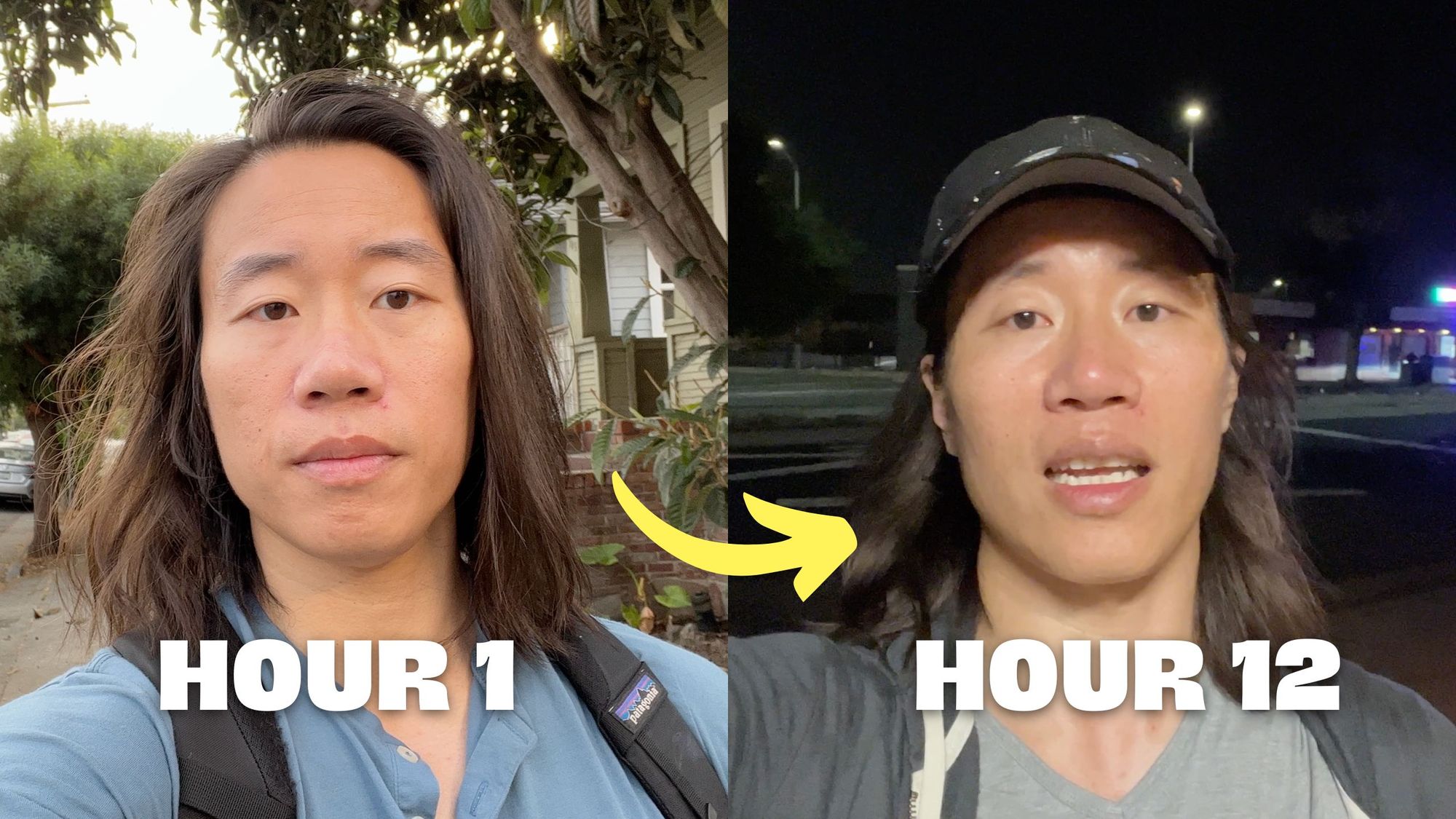
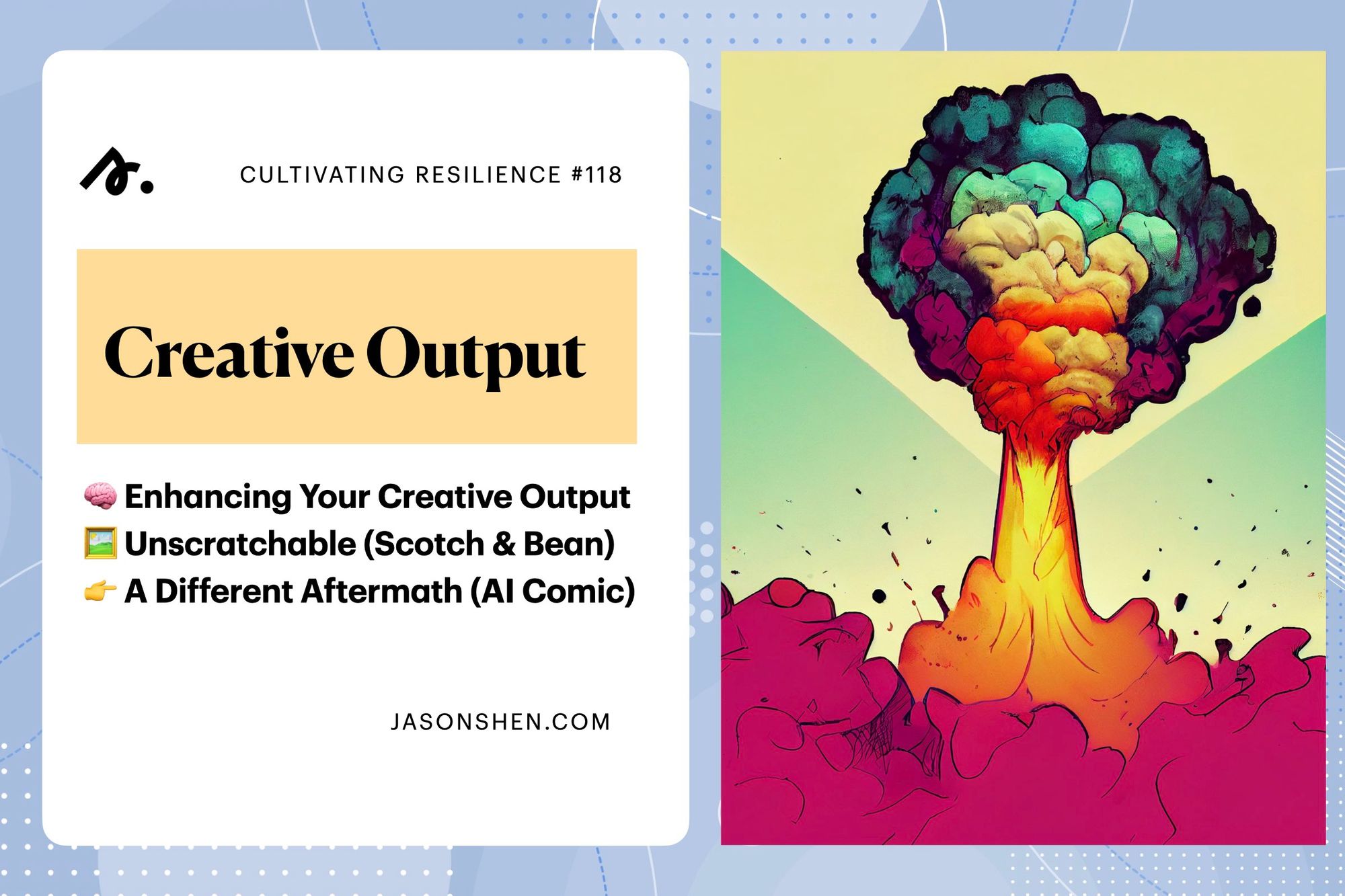

More Resources and Fun Stuff
- Book Notes: Summaries / quotes from great books I've read
- Scotch & Bean: a webcomic about work, friendship, and wellness
- Birthday Lessons: Ideas, questions, and principles I've picked up over the years
- Career Spotlight: A deep dive into my journey as an athlete, PM, founder, and creator.
Work with Me
Working with an executive coach can help you take on bigger and bolder opportunities in a volatile environment—without destroying your sense of self. I currently have 1-2 open slots for new clients so if that sounds interesting, take a look.
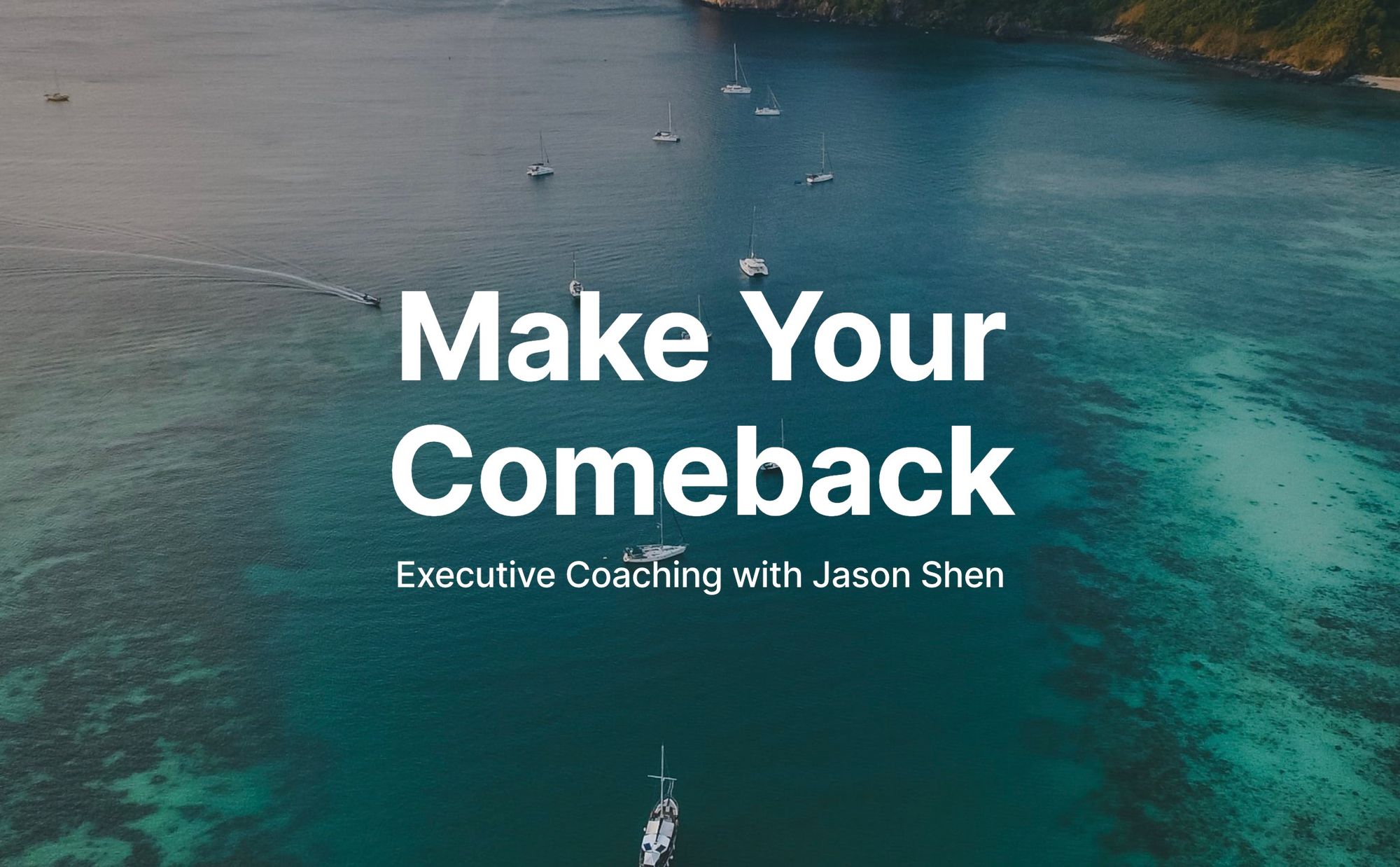
Executive Coaching with Jason
I partner with entrepreneurial leaders to beat burnout, navigate change, and ship work that matters.
